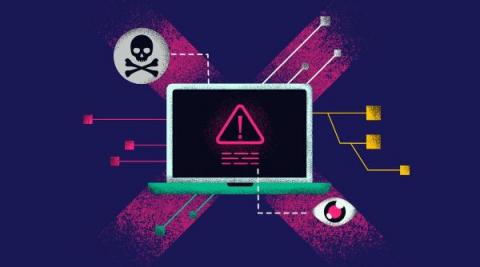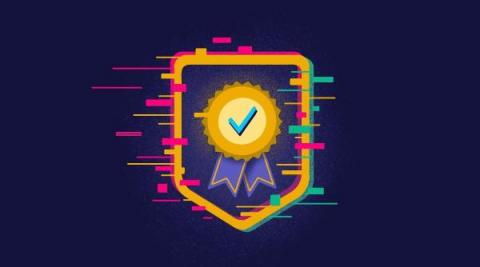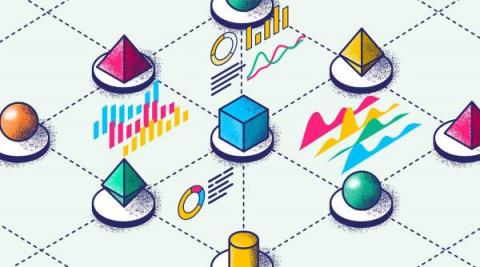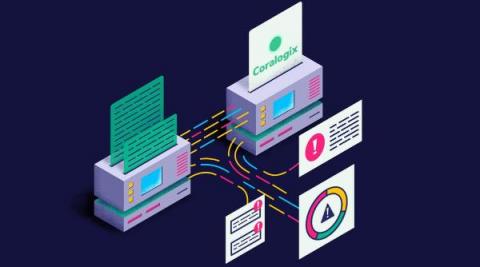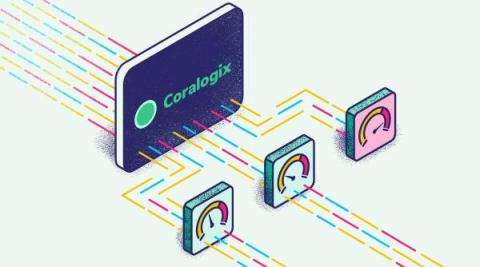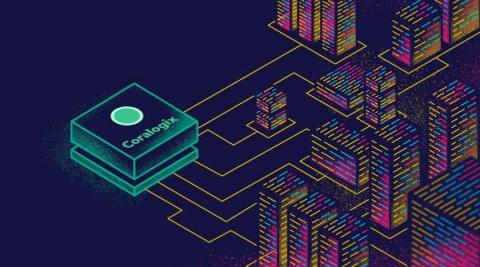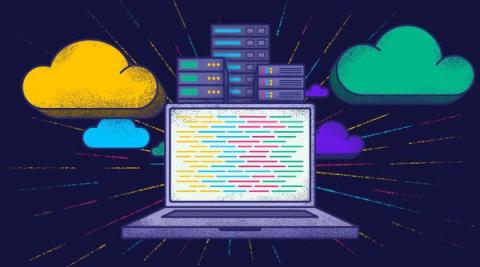What You Can Learn About Cyber Security from the Biggest Breaches in History
It feels like cybersecurity is dominating the newsfeeds, doesn’t it? There is a reason. Cyberattacks and cybercrime have risen dramatically in the last five years. 2020 broke all records in terms of data loss and the number of cyberattacks. Between 2019 and 2020 ransomware attacks alone rose by 62%, the same year that the World Economic Forum identified cyberattacks and data theft as two of the biggest risks to the global economy.


